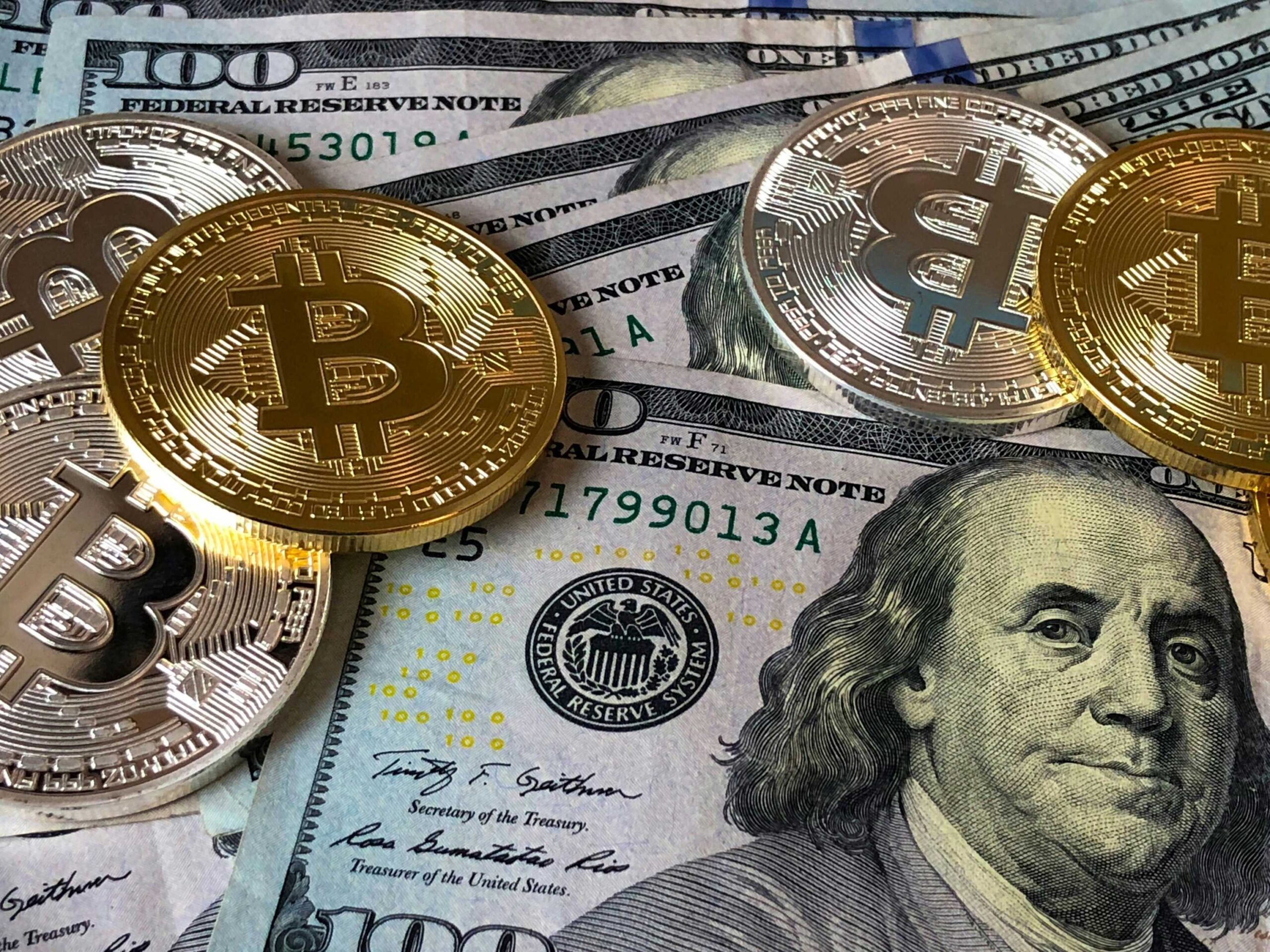U.S. President Donald Trump recently made headlines again by urging the Federal Reserve to cut interest rates. This move, often referred to as Trump rate cuts, highlights his ongoing belief that cheaper borrowing costs can help boost the economy. In a social media post, Trump also celebrated the drop in egg prices, suggesting this signals that things are getting better. But what does all this really mean for the average person? Let’s break it down in plain language.
First, let’s understand what the Federal Reserve does. The Fed, as it’s commonly called, is the central bank of the United States. One of its biggest responsibilities is setting interest rates. These rates affect how much it costs to borrow money. If the Fed raises interest rates, loans become more expensive. That usually slows down how much people and businesses spend, which helps cool off inflation—meaning it can help keep prices from rising too fast. But if the Fed lowers rates, borrowing becomes cheaper. That usually encourages people to spend more, take out loans, buy houses, or invest in businesses. This is where the concept of Trump rate cuts comes in. Trump wants the Fed to lower rates now, which he believes would help the economy grow faster and reduce financial pressure on Americans.
Trump has a history of calling for lower interest rates. he has often pressured the Fed to reduce rates to stimulate growth. He’s continuing that message now, saying that cutting rates would be a smart move in 2025. This third push for Trump rate cuts comes at a time when many Americans are still feeling the impact of inflation, higher housing costs, and expensive borrowing. Trump argues that lower interest rates would help reduce monthly payments on mortgages, credit cards, and other loans, giving people more breathing room.
However, the Federal Reserve doesn’t follow political pressure directly. It looks at the data—mainly inflation, employment, and economic growth—to make its decisions. Right now, inflation is still a concern, even though it’s lower than it was in 2022 and 2023. The Fed wants to make sure that prices don’t start rising again if it cuts rates too soon. That’s why, despite Trump’s calls, the Fed has been holding off on making cuts until the economy shows more stability.
In his message, Trump also mentioned egg prices. Remember earlier when eggs were shockingly expensive? That was due to a major outbreak of avian flu, which reduced the number of hens laying eggs. With lower supply, prices jumped fast. At one point, eggs were nearly twice their normal cost. Now, as the poultry industry recovers and more eggs hit the shelves, prices have come down. Trump pointed to this drop as a sign of economic progress and an example of how things are getting better. He also blamed the prior administration for allowing inflation to spiral out of control in the first place.
So, what does all of this mean for you—the everyday consumer? If the Fed eventually agrees with the idea behind Trump’s proposal and cuts interest rates, there could be some direct effects on your wallet. First, loans could become cheaper. That means if you’re planning to buy a house, get a car loan, or start a business, you might get a better interest rate. Lower rates also mean lower payments on credit cards, especially those with variable rates that change over time. Second, lower interest rates can give a boost to the stock market. Investors usually respond positively to rate cuts because businesses can borrow more easily and expand, which can lead to higher profits and rising stock prices. However, lower rates can also be bad for savers. If you have a savings account, CD, or money in a high-yield account, you might earn less interest after a rate cut.
The reason the Fed has been slow to make these cuts is because of inflation. Inflation is when prices go up over time. A little inflation is normal in a growing economy, but too much of it hurts everyone. It makes groceries, rent, gas, and other basics more expensive. The Fed uses higher interest rates to help fight inflation by slowing down spending. If they lower rates too early, inflation could spike again, undoing the progress made so far.
Trump’s push for rate cuts is not just about economics—it’s also political. By calling for lower rates and pointing to things like falling egg prices, he’s trying to show that he can bring relief to the average person and manage the economy better than his rivals. However, it’s important to remember that the economy is complex. No single person controls it. Many different forces are at work, including global supply chains, energy prices, government spending, and more.
So what should you keep an eye on as this story develops? First, pay attention to what the Fed says in its meetings. If inflation continues to cool down, rate cuts could be on the table later in the year. That would be a great time to refinance loans or lock in lower interest rates. Second, watch your personal finances. If you’re planning a big purchase, it might make sense to wait and see what happens with interest rates. Third, understand that while political leaders like Trump talk about the economy often, actual changes depend on data, not just speeches.
In summary, Trump is once again pushing for the Federal Reserve to cut interest rates—a stance often referred to as Trump rate cuts. He believes lower rates would help the economy and relieve financial pressure on Americans. At the same time, he’s pointing to falling egg prices as a win and a sign of recovery. While the Fed hasn’t moved yet, it’s something we should all watch closely. Understanding interest rates and inflation can help you make smarter choices with your money—whether you’re buying a home, saving for the future, or just trying to make ends meet.




Leave a Reply